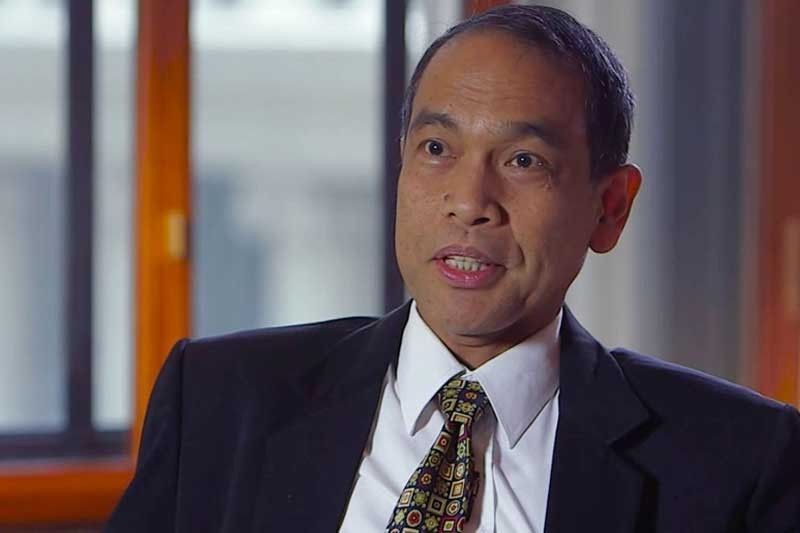Philippines has tools to avert fiscal crisis, says DOF

MANILA, Philippines — The Philippines is equipped with the necessary measures to prevent a repeat of the fiscal crisis that hounded the economy during the Asian financial crisis, according to Department of Finance chief economist Gil Beltran.
He said the economic reforms pursued by the government since 2012 would help the country avert another fiscal crisis.
According to Beltran, the shortcomings of the tax measures undertaken in 1997 to mitigate the impact of the Asian financial crisis were corrected by the previous administration.
In 1997, the government omitted the indexation of sin taxes to inflation and failed to overhaul the menu of fiscal incentives for investors.
The sin tax law approved by the administration of the late President Benigno Aquino III in 2012, however, computed inflation in the tax rates and enhanced the collection of sin taxes.
The Duterte administration followed through by adjusting the condition on the grant of incentives. The Corporate Recovery and Tax Incentives for Enterprises Act of 2021 or Republic Act 11534, cut the corporate income tax to 25 percent but lifted some of the tax perks enjoyed by investors.
Beltran added that RA 10963 or the Tax Reform for Acceleration and Inclusion (TRAIN) Law raised additional revenues through tax hikes that the government depended on for its infrastructure buildup.
Data showed TRAIN collections brought in a total of P476.1 billion in revenues between 2018 and 2021, allowing the government to push infrastructure spending to above five percent of the gross domestic product (GDP).
Last year, infrastructure disbursements reached P1.12 trillion, or 5.8 percent of GDP, and is estimated to hover above five percent of GDP until 2024.
Moving forward, Beltran said the next administration should rearrange the fiscal position without sacrificing infrastructure spending.
For one, the government could streamline the pension system of uniformed personnel, as the running scheme costs the economy at least P114 billion a year.
Government revenues, when measured against the GDP, jumped to 15.9 percent as of the first quarter, nearing the pre-pandemic level of 16.1 percent by the end of 2019.
In comparison, revenue efforts hit 17.5 percent of the GDP when the Asian financial crisis erupted in 1997 and 13.3 percent when the debt-to-GDP ratio peaked at 71.6 percent in 2004.
The debt level, however, has swelled to a 17-year high of 63.5 percent of the GDP as of March.
In response, the DOF wants the next administration to consolidate its finances by removing value added tax (VAT) exemptions, deferring tax cuts and imposing new taxes.
- Latest
- Trending




























